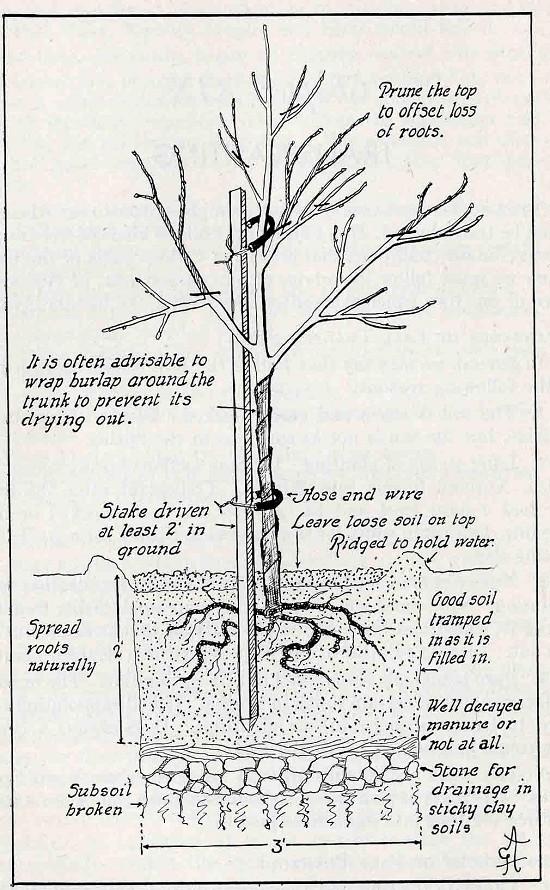Contact Us
University of California Cooperative Extension Ventura County
669 County Square Drive, Suite 100
Ventura, CA 93003
Phone: 805.645.1451
Fax: 805.645.1474
Office Hours:
Monday - Friday from 9 a.m. to 4 p.m.
The office will be closed for the following holidays:
Snake oil, Horticultural Myths, Urban Horticultural Legends, Frauds and Carpetgaggers in our Industry

By
Jim Downer
Science Based
The most creative and effectively marketed snake oil products often cite sound biological facts or knowledge and then attempt to link their product to this knowledge, but references to the published research are always missing. Very often snake oil products will attempt to use jargon relating to the chemistry, biology or microbiology of the products in an attempt to snow the user with terms that sound impressive but are used in a meaningless context. In many cases, these products are “ambulance chasers” and follow the most recent pest outbreak or natural disaster in an attempt to make money from desperate clients.
Works on a new principle.
A prime indicator of snake oil products are that they rely on a new principle that gives them their efficacy. This “new” principle may be entirely fabricated by the manufacturer or have a shred of truth based in current science as its nucleus, but is so permutated that there is no truth in the claim. A clear explanation of the scientific principle, its discoverer, where it was published and how it relates to the product at hand is rarely available.
Research Based
Some products make claims of efficacy based on extensive research. But who did the research? Upon inspection we find that independent, third party research, published in a journal is lacking. In-house research or research conducted by contract with other companies may not have the same degree of objectivity as University based research projects. Some products allude to University research but never tell the user that the research found their product was not effective. Sometimes the product literature tells outright lies about the efficacy of the product discussed in the research. Sometimes a University researcher will retire and start selling a product based on the good research they have done in the past, but with little bearing on the efficacy of the current product or material. Past affiliations with Universities are no guarantee of products developed after the researcher has left the institution.
It’s too good to be true
Some problems like Armillaria (which causes root rot and basal cankers of many ornamental plants) is incurable. All the traditional sources of information suggest ways to limit the disease but no “cure” is offered. Along comes a product that kills the pathogen and reinvigorates the sick host. Sounds too good to be true? Then the product is probably snake oil. Rarely do efficacious pest management practices or products come to market without some kind of University based research. Again, there are no miracles
Soil Follies and Scientific Zealots
Since plants spend all their lives with a significant amount of themselves in the ground, and since we don’t see their roots very well there is a lot of snake oil that concerns soils and soil treatments. Polymers, growth activators, hormones, vitamins, fertilizers, worm castings, composts, are but a few products that fall into this category. Since none of these products claim to be a pesticide, the careful efficacy testing required for state registration is not required. The claims can run to the extreme.
Again, some of the most convincing products are those that have solid scientific basis for their efficacy but no direct evidence that they work. A classical example is mycorrhizal inoculants for landscape trees. Although elegant research has shown the necessity of mycorrhizae for proper growth and development for many tree species, it does not indicate that those organisms are necessarily lacking from most soils or that the products that claim to add them to soil have a viable product contained within the package. Recent research by several groups showed no effect on inoculated plants from commercially available mycorrhizal products.
A considerable amount of time is spent each year by companies producing biological control micro-organisms. Although these often show good efficacy in laboratory or greenhouse trials and this research is grandly displayed, there are few products that show such efficacy in field-based trials. Many of the Trichoderma based products simply do not work outside the lab or greenhouse. Biological control is an elusive thing that we chase constantly, catch glimpses of in the field, study intensively and consistently fail to recreate when and where we want it to happen.
The Soil Food Web has taken center stage recently as the newest way to balance all the complexities of soil so that plants will grow well. The whole concept here is to balance the various microorganisms so that the soil will benefit the crop at hand. What is sold are lab services to diagnose the organismal content of your soil. You then use this information to make the recommended changes to modify the ecology of your soil and enhance plant performance. The sales job is done in seminars and then the services are made available from the speaker after the talk who maintains a private consulting service and lab to do the work. The entire concept is couched in soil microbiology mumbo jumbo and free flowing soil ecology concepts. Because the ideas are new to many people and the speaker is enthusiastic and charismatic, a new crop of “followers” are created that spread the mythos that this is the way to manage soils, fight disease and produce healthy plants.
Bogus Products are Confounding
Sometimes a product claims great things because of the interactions of its ingredients. A combination of a polymer, a fertilizer, wetting agent derived from a special plant, and a mycorrhizal cocktail will be the ticket to success. Unfortunatetly we can’t separate out the effects of the wetting agent, the fertilizer or the biological component as the efficacious ingredient if any of them are effective. Some part of the product could have stimulated growth, especially if there were nutrient deficiencies, but a simple all purpose fertilizer may have achieved the same result at 1/10 the cost.
Horticultural Urban Legends
These are practices that many people working in our industry may hold to be true but have no scientific basis for their explanation. They are formed from misinformation passed on over the generations or from common observations that are misinterpreted. A good example is that of placing gravel or rocks in the bottom of a planting hole to increase drainage for the rootball. This is borne out by the fact that these drawings exist in old books (see fig. 1. taken from the book of trees1952). Even though the mistakes are corrected in modern texts (Harris et.al, 2003) the myth that rocks in the bottom of a planting hole creates drainage lives on today and actually shows up in some modern architectural plans.

Another example is the notion that pruning woody plants stimulates their growth. The more severe the pruning, the more the plant is shocked into good growth. Although the growth of latent buds from major limbs that have been headed back leads to copious regrowth, if you compare the overall growth of this tree to a similar unpruned tree it will have grown less on the main trunk over the same amount of time.
Transplanted trees do not need to be pruned to compensate for their root loss. Sometimes when trees are moved compensatory pruning is done to “balance” the roots with the shoots. Research has consistently shown that as mentioned above pruning is a growth retarding process and thus slows the establishment of transplanted trees (Dagit and Downer, 2002)
Many folks have funny ideas about mulches. Any mulch can be applied to the soil surface with few bad affects. There are some exceptions where the mulch contains toxic acids or contains weed seeds. However, the belief that high C:N ratio mulches (contain a lot of wood) will extract nitrogen from under the soils to which they are applied has little or no scientific evidence to support it. Just the opposite is true. Over time woody mulches decay and release nitrogen to underlying root systems (Downer et al, 2002
Conclusion
New products come and go. Snake oil products unlike urban horticulture legends tend to disappear rapidly when their efficacy fails to materialize after application. The products that confound their purported results with fertilizers or growth stimulators can persist, but eventually they too fail to live up to expectations at some point and will fade from popularity. Try to obtain some kind of consensus with university based research or other peer reviewed research reports, field efficacy trials that you run for yourself and the testimonials of others. After awhile you will be able to ascertain the nature of the oil before you purchase it.
References
